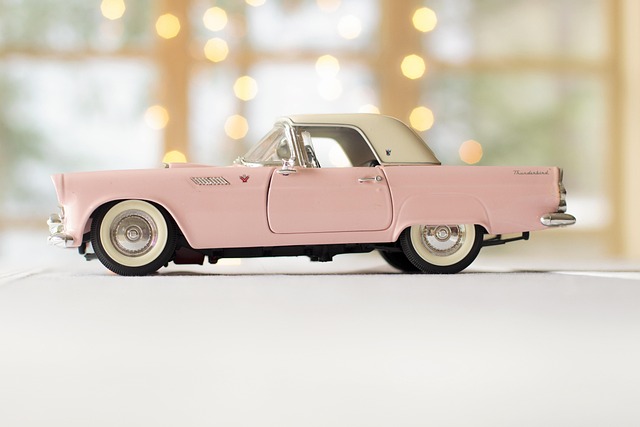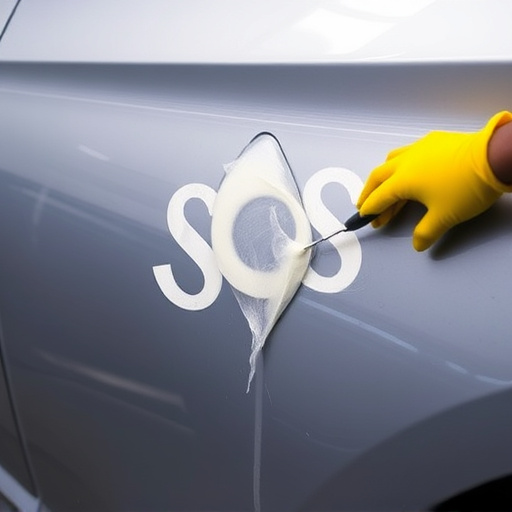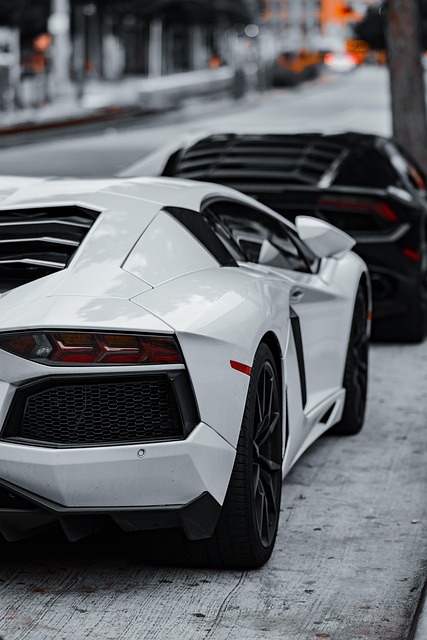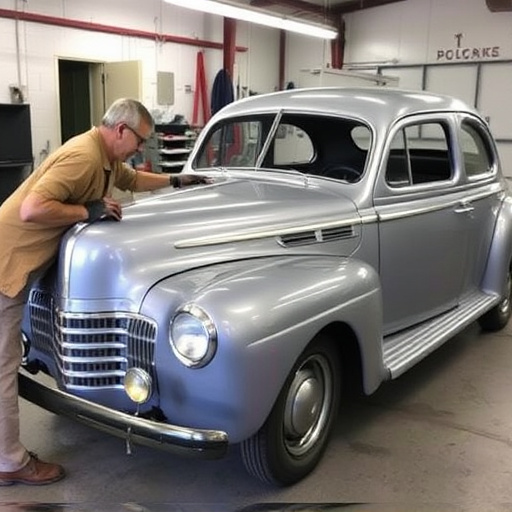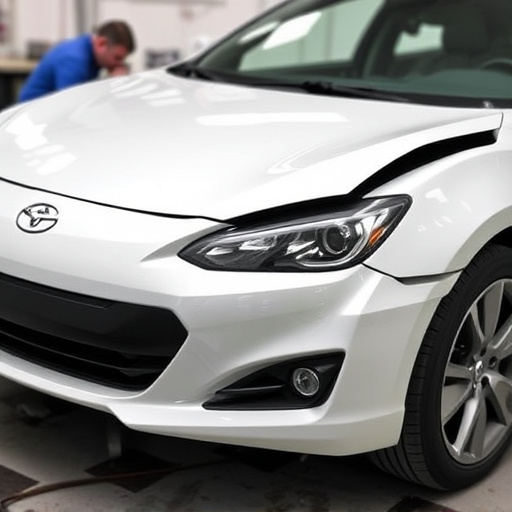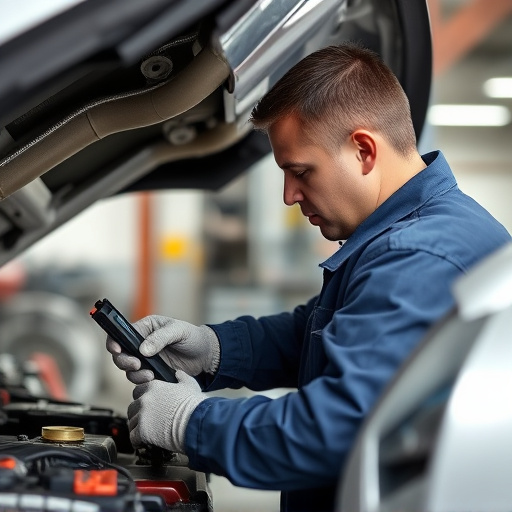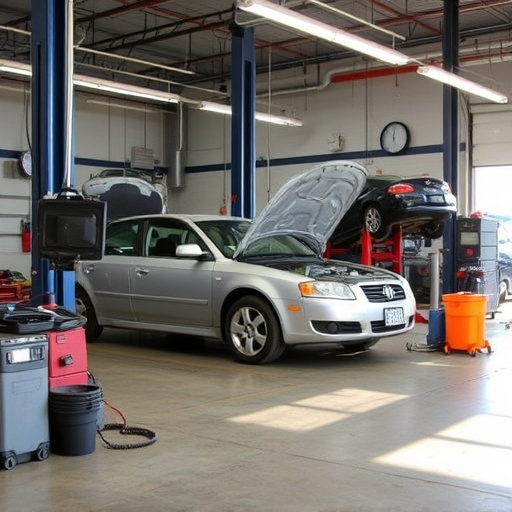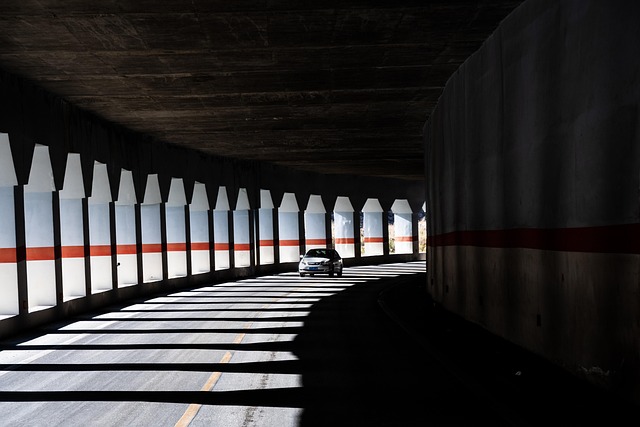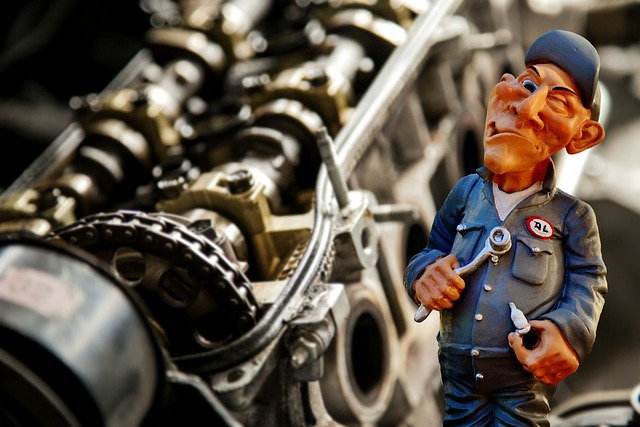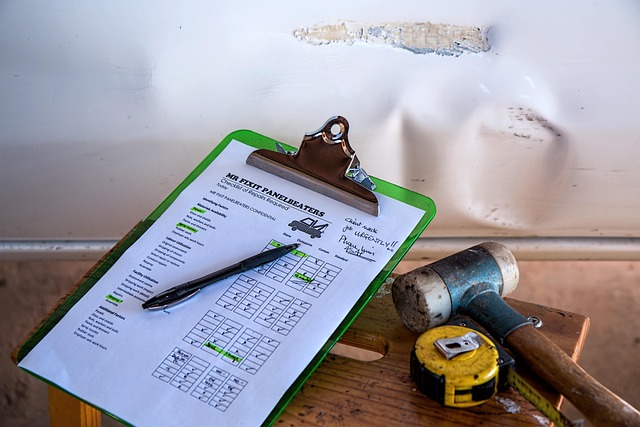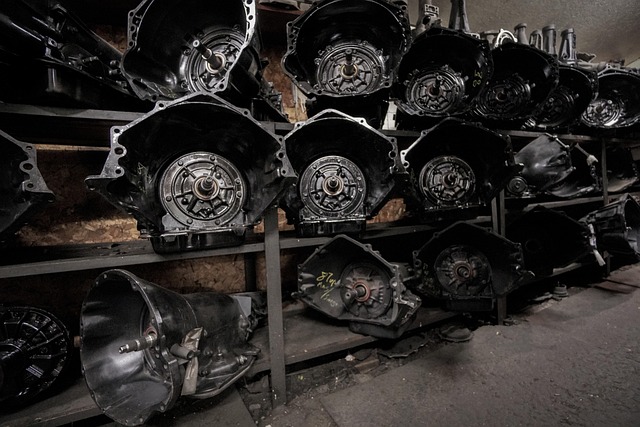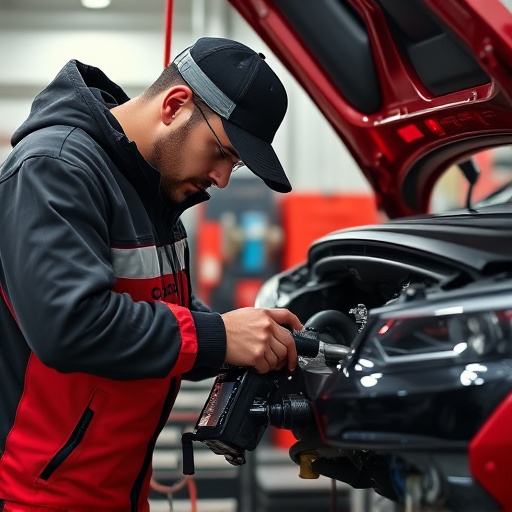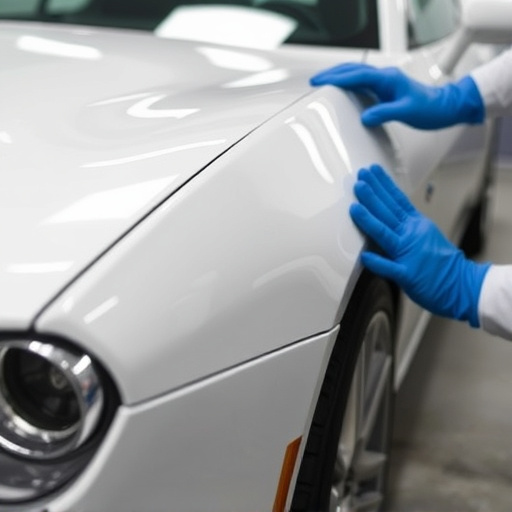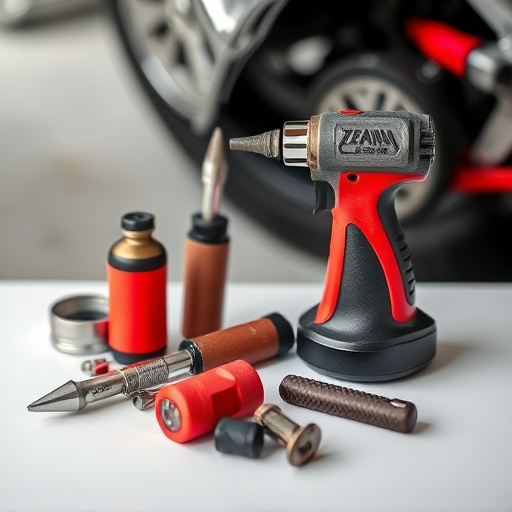High-end vehicle collision restoration is a specialized art focused on expertly repairing luxury cars after accidents, preserving their original finish, value, and integrity. Key practices include meticulous damage assessment using advanced tools, staying current with industry standards, using OEM parts, regular technician training, and minimal intervention to avoid over-repair. The ultimate goal is to restore the vehicle to pre-accident condition while maintaining its aesthetic appeal and performance.
In the realm of high-end vehicle collision restoration, balancing repair and aesthetics is paramount. This intricate process demands precision and expertise to maintain the vehicle’s original value and elegance. Over-repair, while well-intentioned, can devalue these prestigious vehicles. Understanding the nuances of high-end collision restoration is crucial for avoiding excessive repairs. This article guides you through effective strategies and best practices to ensure your high-end vehicle receives the meticulous care it deserves without unnecessary enhancements.
- Understanding High-End Vehicle Collision Restoration
- Strategies to Prevent Over-Repair
- Best Practices for High-End Restorations
Understanding High-End Vehicle Collision Restoration
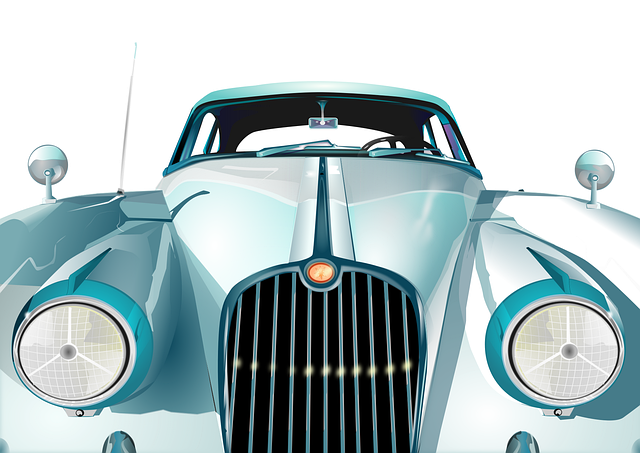
High-end vehicle collision restoration refers to the intricate process of repairing and restoring luxury or high-performance cars after a collision. These vehicles often come with advanced technology, intricate designs, and premium materials that require specialized skills and equipment for precise restoration. Unlike standard car repairs, high-end collision restoration demands meticulous attention to detail, ensuring every part—from exterior paneling to interior components—is expertly handled.
The art of auto body restoration involves techniques like paintless dent repair, which avoids repainting by carefully manipulating metal back to its original form, preserving the vehicle’s original finish and value. Car collision repair in these cases becomes a delicate balance between replacing damaged parts and maintaining the car’s overall aesthetic appeal, performance, and longevity. This specialized service is crucial for high-end vehicles, where even minor imperfections can significantly impact their market value and appearance.
Strategies to Prevent Over-Repair
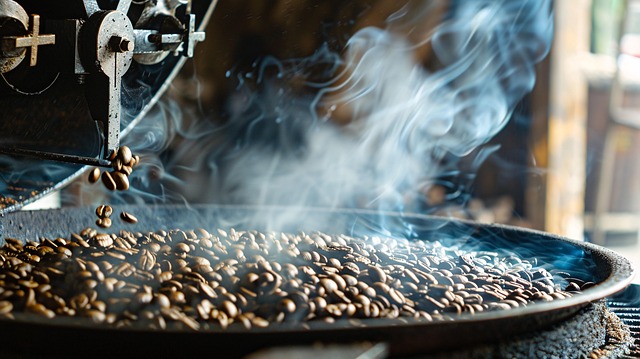
When it comes to high-end vehicle collision restoration, preventing over-repair is key to preserving the car’s original value and integrity. One effective strategy is to thoroughly inspect and assess the damage before any work begins. This meticulous process involves using advanced diagnostic tools to identify every impact point and potential hidden damage. By taking this step, technicians can avoid unnecessary repairs, ensuring only affected areas are addressed.
Additionally, staying updated with the latest industry standards and guidelines is vital. Auto maintenance professionals should be well-versed in best practices for car collision repair, prioritizing original equipment parts (OEM) to maintain the vehicle’s authentic characteristics. Regular training sessions and certifications can help keep up with advancements in automotive repair technologies, enabling technicians to make informed decisions, ultimately reducing the risk of over-repair.
Best Practices for High-End Restorations
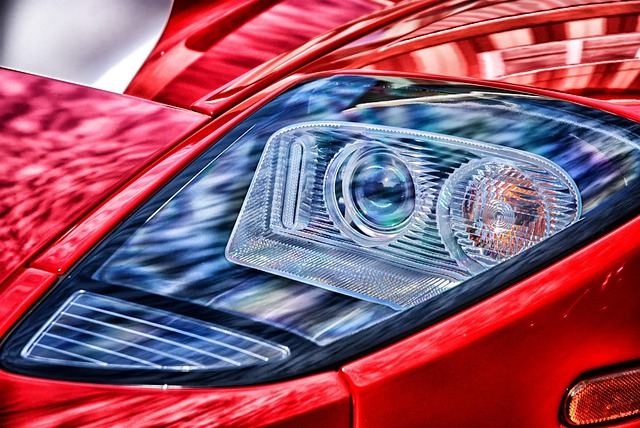
When restoring a high-end vehicle after a collision, it’s imperative to balance meticulous repair with preserving the car’s original value and integrity. To avoid over-repair, focus on precision and minimal intervention where possible. This means leaving intact any non-damaged components and using original equipment manufacturer (OEM) parts for replacements. Professional auto body shops specializing in high-end vehicle collision restoration should have state-of-the-art equipment to ensure accurate measurements and precise repairs.
Best practices include thorough inspection, documented photography of the damage, and comprehensive communication with the client about repair scope and estimated costs. Regular auto maintenance routines can help prevent future collisions and subsequent over-restoration needs. Remember, an auto body shop’s goal should be to return your high-end vehicle to its pre-accident condition while preserving its original beauty and performance – not enhancing it beyond its intended design.
In the realm of high-end vehicle collision restoration, striking a balance between repair and preservation is paramount. By understanding the nuances of this intricate process, adopting strategies to prevent over-repair, and adhering to best practices, restorers can ensure that each vehicle returns to its former glory while maintaining its original value. Navigating these principles is essential in preserving the tapestry of high-end vehicles, ensuring both aesthetic perfection and financial prudence.
